Next generation Mitsubishi Triton set for electric injection
The Mitsubishi Triton hybrid ute is getting closer – and it looks set to have Australian development input.
The familiar Triton is the latest ute set to turn to electric motors, although exact details are yet to be finalised.
The company all but admits the next generation Triton – expected by 2023 – will turn to electricity as the market evolves and expectations for cleaner motoring increase.
“It’s clear that sometime during this decade there is going to be all sorts of forms of electrification of utes,” said Mitsubishi Australia senior manager of product strategy Owen Thomson.
READ MORE: EV ute overload: The electric pickup trucks coming soon
“It’s just a matter of what form that will take and when it happens in the market.”
Mitsubishi has been pushing hard on plug-in hybrid EV technology – something now available in the Eclipse Cross PHEV and set to reappear in the next Outlander PHEV – and has previously suggested such technology was the most likely option for the Triton.
Already there’s a rush of hybrid and EV utes being prepared around the world, while Ford and Toyota are believed to be working on hybrid utes.
Thomson confirmed any future hybrid Triton variants were engineered into the core of the next generation Triton, which is expected to share its basic underpinnings and other components with the next generation Nissan Navara as part of the Renault-Nissan-Mitsubishi alliance.
“It’s certainly been from day one consideration of electrification has been in the Triton plan,” he said.
The question is what form it would take, something Thomson wasn’t giving any clues on.
Nor would he be drawn on whether any potential hybrid system would use a petrol or diesel engine.
“It very much depends on whether you’re talking about private customers or commercial fleet customers in remote areas,” he said. “I can’t see a petrol PHEV ute working for remote users … [but] city-based users, a petrol PHEV ute is probably a good thing for them.”
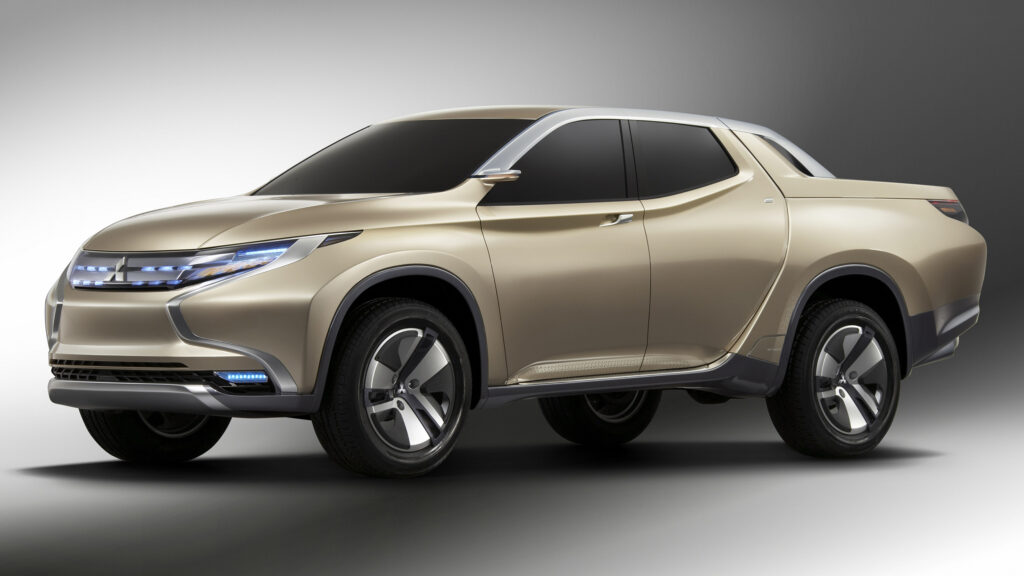
The 2013 GR-HEV concept car used a diesel hybrid system, while the later 2019 Mi-Tech concept (pictured at the top of this article) – a car more likely to give an idea of the styling direction of the next Triton – used a gas turbine system as part of a PHEV setup.
Mitsubishi could also potentially dip into the technology being developed by alliance partners Nissan and Renault.
Nissan, for example, has developed an e-Power system that uses only electric motors to drive the wheels and a petrol engine to act as a generator to supply electricity.
e-Power has been confirmed for the upcoming Qashqai and X-Trial and could also be used for the next generation Nissan Patrol. Reports have also suggested the next Navara due about 2025 could utilise e-Power.
Considering that next Triton is expected to share major components with the Navara – again, as part of sharing within the alliance – then one option for the Triton could be a system similar to e-Power.
However, there’s no word on any of that yet.
Either way, expect any Triton hybrid to be very capable off-road; various manufacturers have already suggested electric motors will make 4WDs more capable in rough terrain.
One thing that is certain is that the Triton will have Australian engineering input.
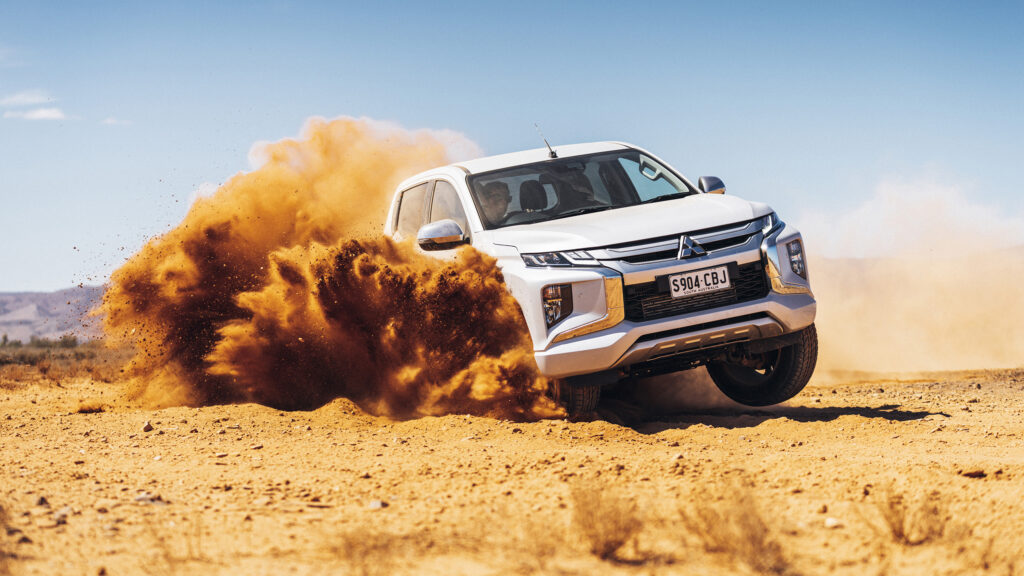
Thomson confirmed the next generation Triton had been to Australia for early development work and that there was more planned once travel restrictions eased.
“We are an important market,” said Thomson, adding that the next Triton has been in the works for about three years. “There has been some very, very preliminary testing [in Australia] … “we’ve had quite an input”.

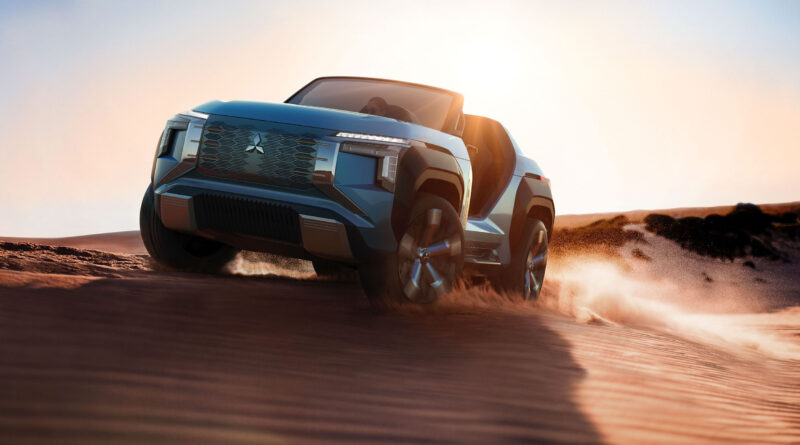
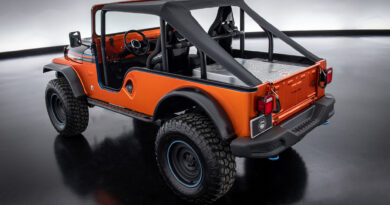
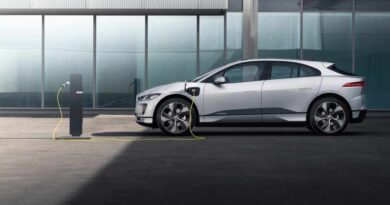
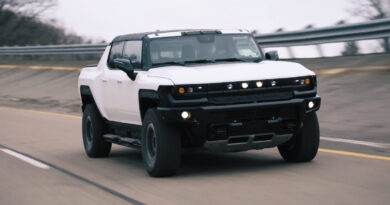
I want to see much more storage in vehicles,between seats and in the doors,on the top of the dash.Our cars,suvs and trucks are our everyday office.Forget the sun roofs.They need to be practical,affordable,economical.Stick to the good ideas.
Tow bar ready.Decent front mudflaps.Better inside lighting.No gimmics.